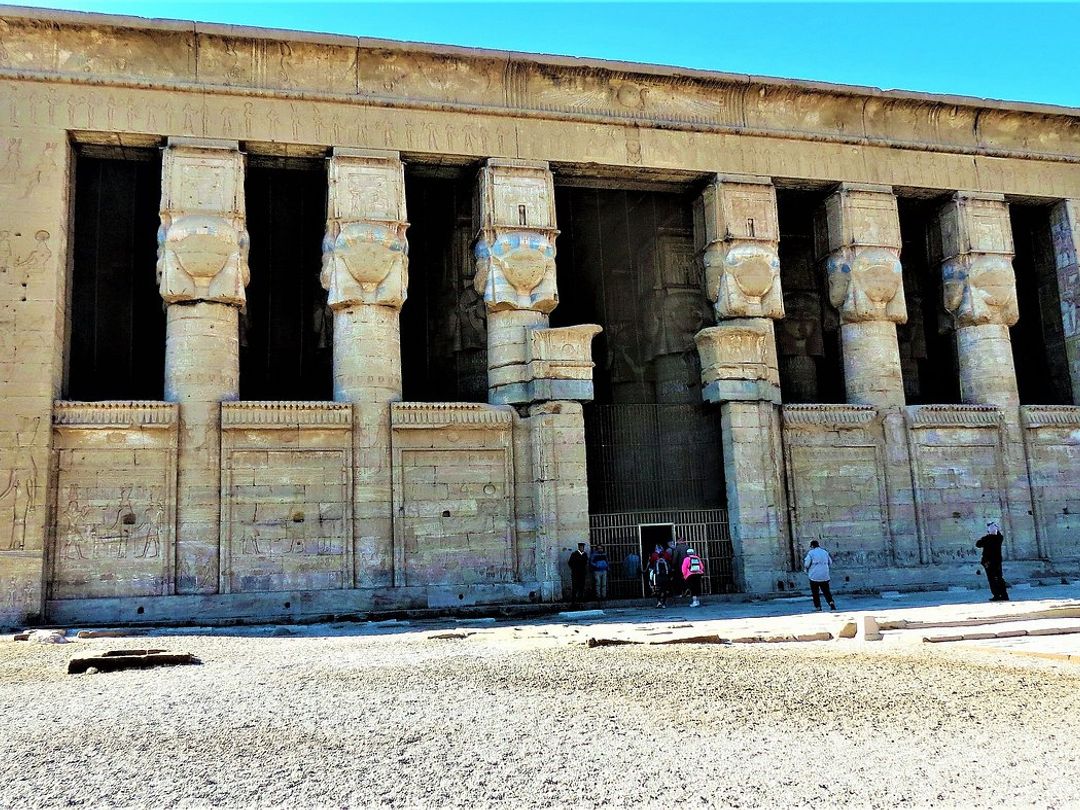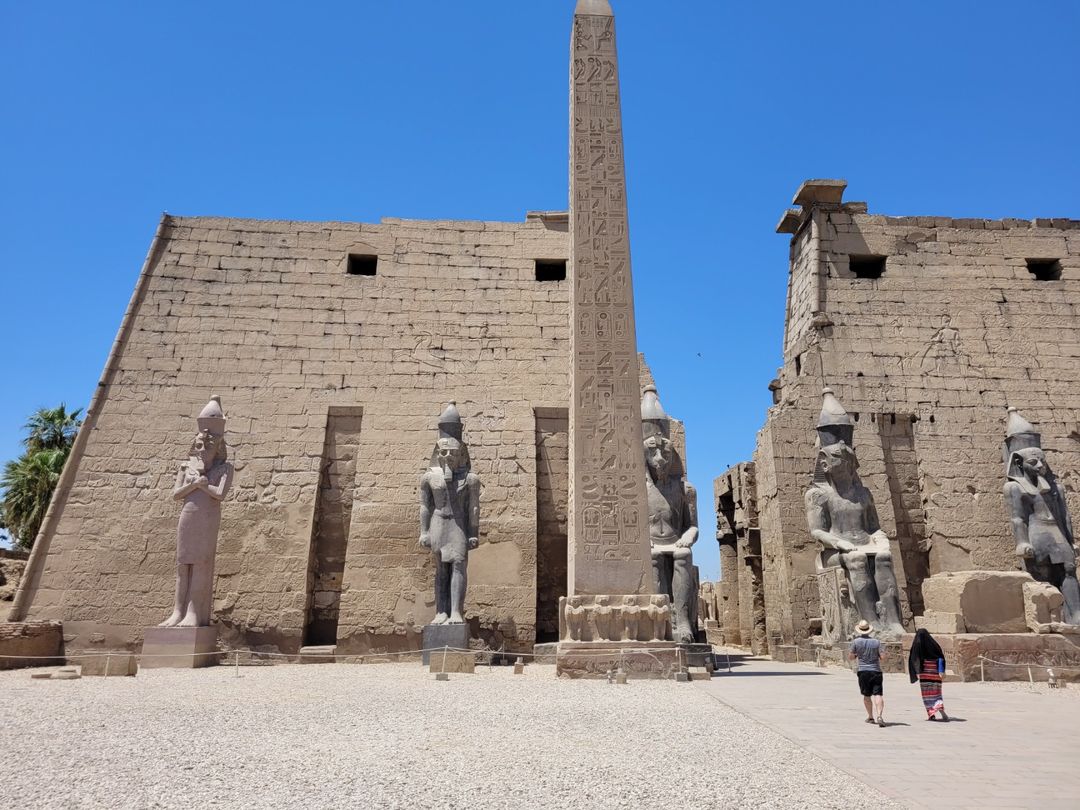"FULL DAY TOURS IN LUXOR (THE WEST BANK OF THE NILE: THE VALLEY OF THE KINGS - THE TEMPLE OF HATSHEPSUT - THE COLOSSI OF MEMNON)" Private Tour
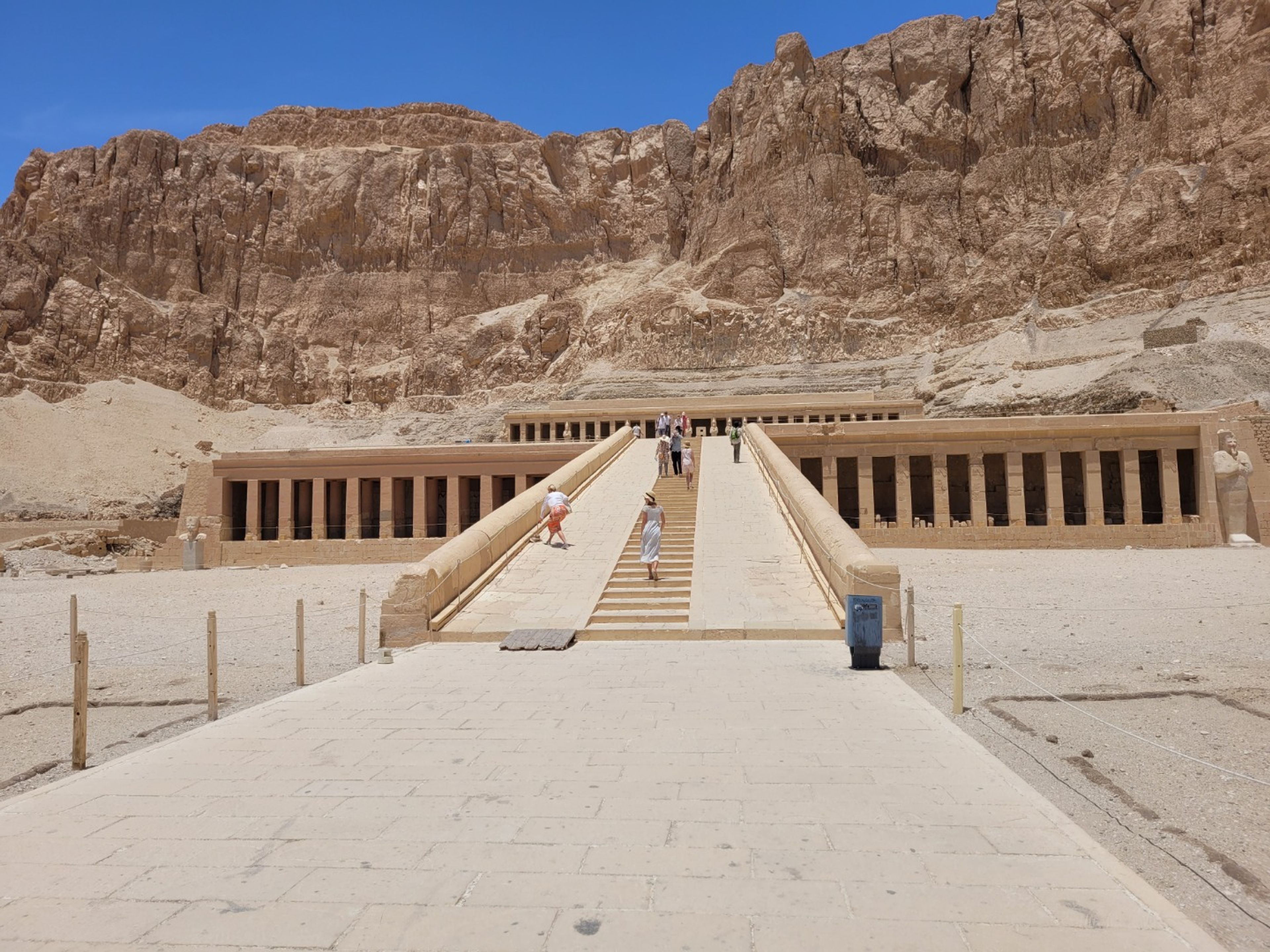

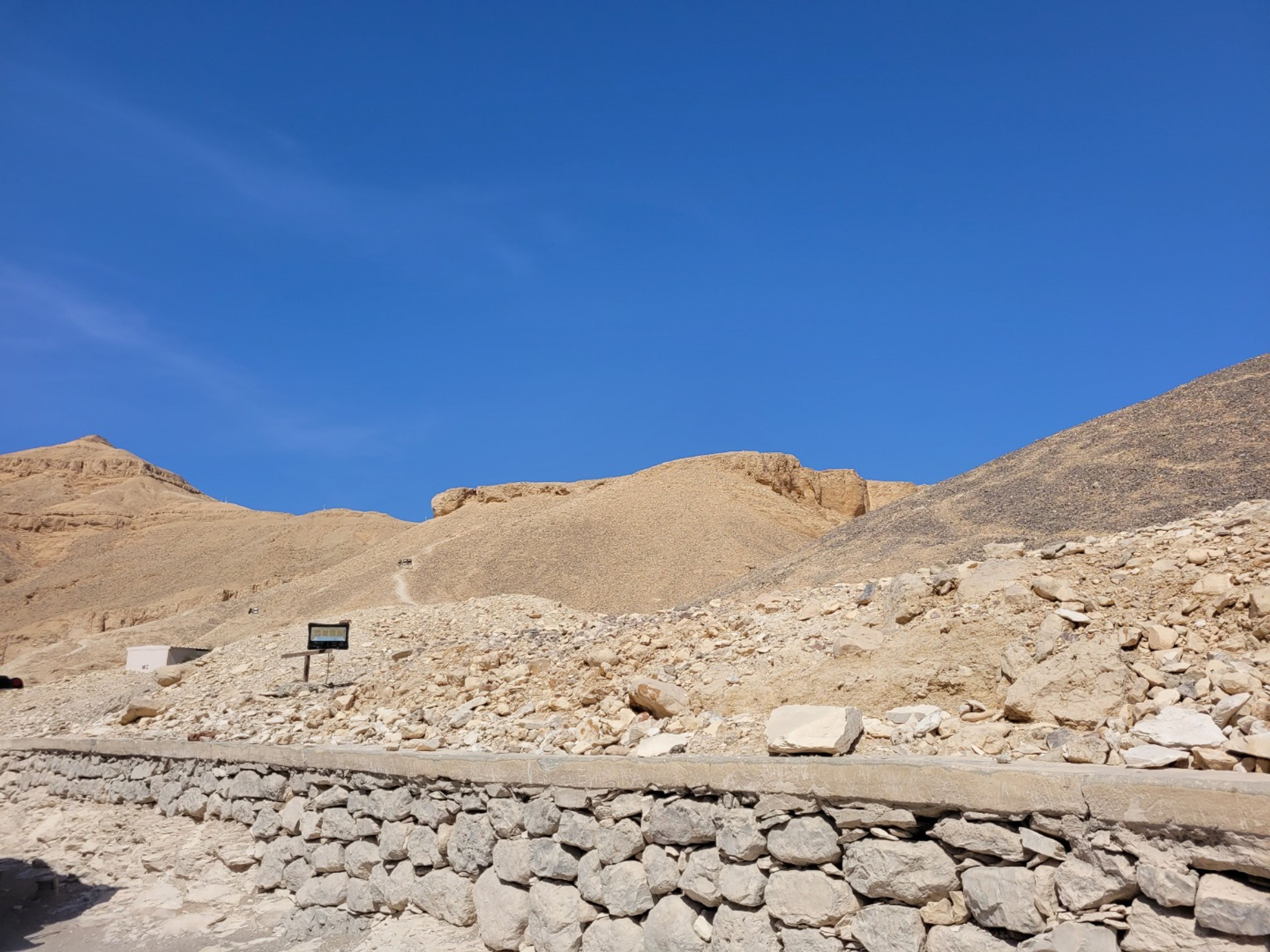
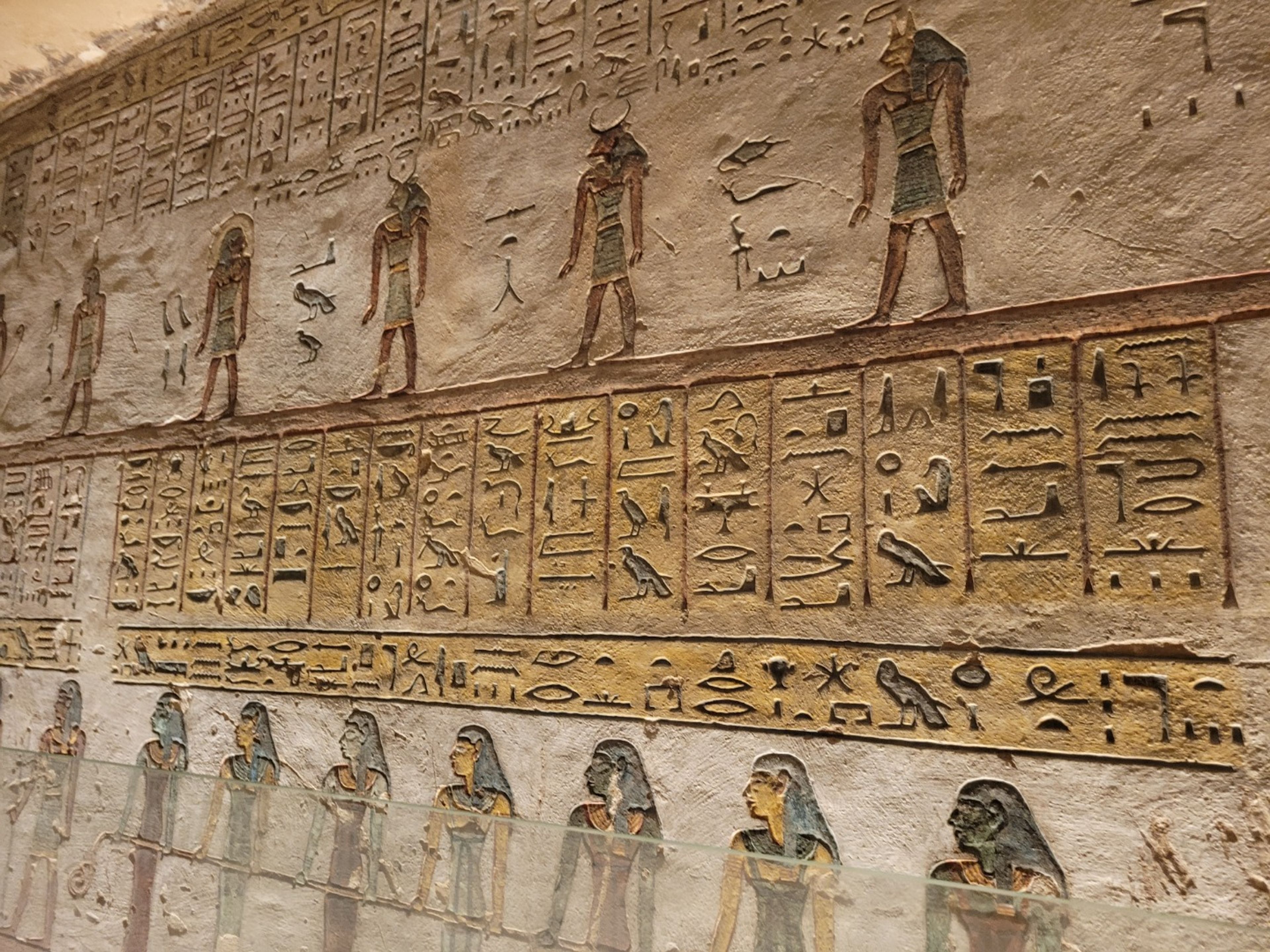
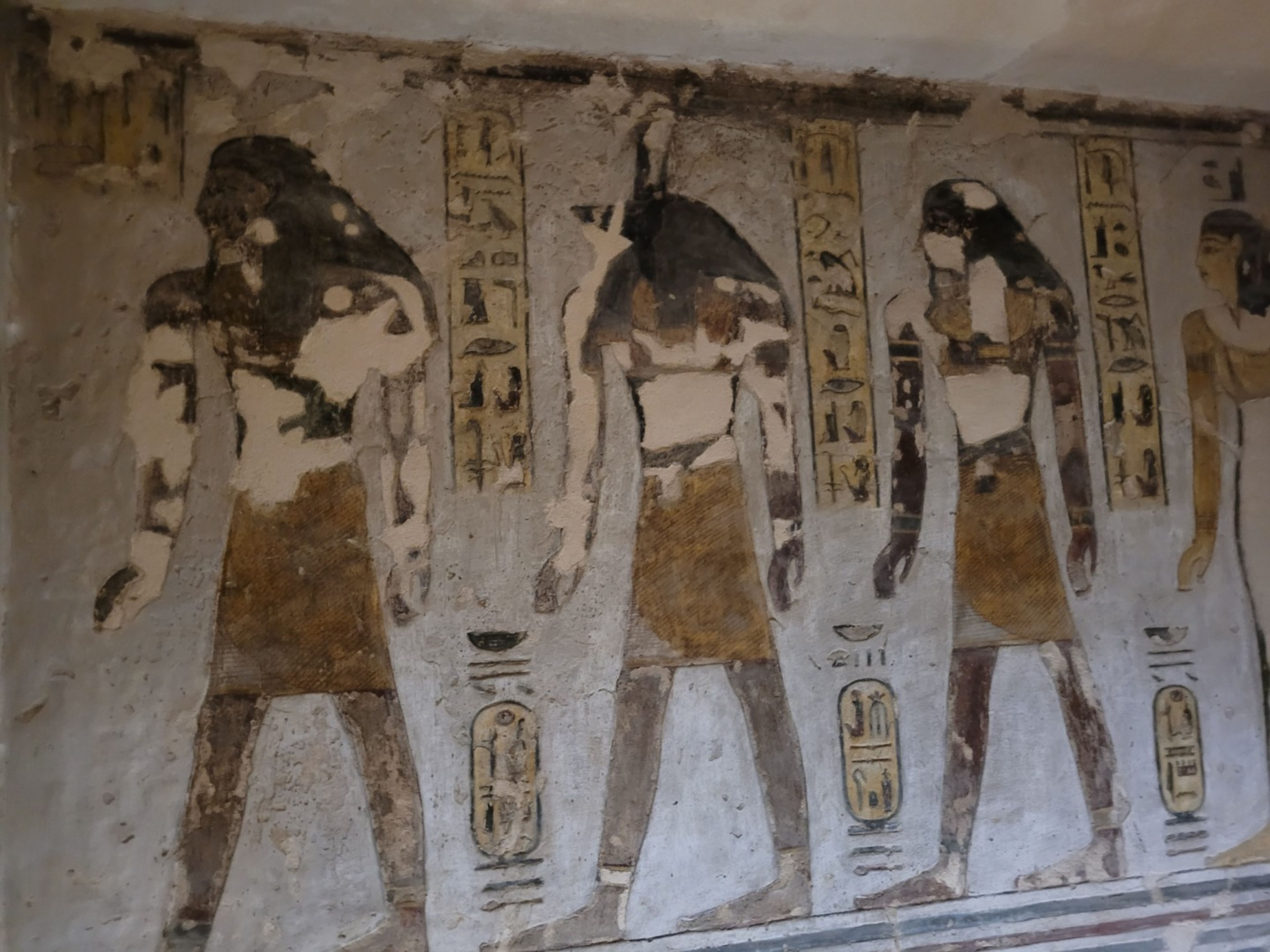
"FULL DAY TOURS IN LUXOR (THE WEST BANK OF THE NILE: THE VALLEY OF THE KINGS - THE TEMPLE OF HATSHEPSUT - THE COLOSSI OF MEMNON)" Private Tour
THE VALLEY OF THE KINGS: Hidden between the rugged cliffs of the Theban hills lies the Valley of the Kings, the eternal resting place of Egypt’s most powerful pharaohs. This sacred necropolis served as the royal burial ground during the New Kingdom (18th, 19th, and 20th dynasties), a period when Egypt reigned as a mighty empire stretching along the eastern Mediterranean. Here were laid to rest some of history’s most iconic rulers — including Thutmose III, Tutankhamun, Seti I, and Ramses II — each seeking immortality within elaborately decorated tombs carved deep into the rock. In earlier centuries, during the Old and Middle Kingdoms, the pharaohs were buried in the monumental pyramids of the north, near Memphis, Egypt’s ancient capital. But as centuries passed, political upheaval and invasions — particularly by the Hyksos, a foreign people who seized control of the Delta — ushered in a new era. Power shifted south to Thebes, and with it, a new vision of the afterlife took shape. Instead of building vast pyramids visible for miles, the pharaohs of the New Kingdom sought to conceal their tombs in the heart of the desert, protecting them from tomb robbers and preserving their journey to eternity.
THE FUNERARY TEMPLE OF HATSHEPSUT: Majestically nestled at the base of towering limestone cliffs in Deir el-Bahari, on the west bank of the Nile near the Valley of the Kings, stands the Funerary Temple of Queen Hatshepsut — one of the most extraordinary architectural masterpieces of ancient Egypt. Dedicated to Amon-Ra, the Sun God, this temple was conceived not only as a place of worship but also as a bold statement of divine power and eternal legacy. Built beside the mortuary temple of Mentuhotep II, Hatshepsut’s temple reflects perfect harmony between nature and human design. Its grand terraces, colonnaded porticoes, and ascending ramps seem to rise organically from the desert cliffs, creating a breathtaking visual spectacle. The walls and reliefs vividly narrate the life and achievements of Egypt’s most successful female pharaoh — her divine birth, her trading expeditions to the Land of Punt, and her devotion to the gods. Often described as “one of the incomparable monuments of Ancient Egypt,” this temple remains a timeless symbol of elegance, ambition, and architectural genius — a place where history, art, and spirituality blend seamlessly beneath the golden light of the Theban hills.
THE COLOSSI OF MEMNON: Standing proudly on the west bank of the Nile, opposite the modern city of Luxor, the Colossi of Memnon are two monumental statues that have watched over the Theban plain for more than 3,400 years. These twin giants represent Pharaoh Amenhotep III, one of the most powerful rulers of the 18th Dynasty, whose reign marked a golden age of peace, wealth, and artistic splendor in ancient Egypt. Each statue depicts the pharaoh seated on his throne, hands resting calmly on his knees, gazing east toward the rising sun and the life-giving waters of the Nile — a symbolic gesture of eternal rebirth. Flanking his legs are smaller figures representing his beloved wife Queen Tiy and his mother Mutemuia, while intricate carvings along the base portray Hapy, the god of the annual flood, bringing prosperity to the land. Carved from massive blocks of quartzite sandstone transported from Giza and the quarries of el-Gabal el-Ahmar near modern Cairo, each colossus stands an impressive 18 meters (60 feet) tall and weighs around 720 tons. Even more astonishing, these stones were brought from hundreds of kilometers away — a true marvel of ancient engineering. Separated by about fifteen meters, the Colossi once marked the entrance to Amenhotep III’s magnificent mortuary temple, the largest ever built in Egypt, which has mostly vanished over time. Yet the statues remain — silent, majestic, and timeless — guardians of a vanished world and witnesses to the glory of ancient Thebes.
Guided by our expert Egyptologists, you will uncover fascinating secrets, timeless myths, and extraordinary architectural details that bring these colossal monuments to life — transforming them from mere stone structures into a living story carved by the hands of history. Through the eyes of your guide, the mysteries of ancient Egypt will unfold before you — revealing not only the grandeur of its kings and builders but also the deep symbolism, precision, and spiritual vision that made their creations eternal.
Itinerary
- Pick up at your hotel, or the one closest to your accommodation by a guide from our agency.
- Visit to the Valley of the Kings. (including 3 royal tombs of the 62 pharaonic tombs that the valley itself houses).
- Visit to the Temple of Hatshepsut.
- Visit to the Colossi of Memnon.
- Return to the hotels.
EXTRA TOMBS IN THE VALLEY OF THE KINGS: These royal tombs are the most important in the Valley of the Kings, and access to them is not included in the regular entrance fee to the archaeological site.
-
THE TOMB OF SETI I: also known by its tomb number, KV17, is the tomb of Pharaoh Seti I of the Nineteenth Dynasty. Located in Egypt's Valley of the Kings. The extra rate: $ 50.00 per person.
-
THE TOMB OF TUTANKHAMUN: The Tomb of Tutankhamun is famous because it's the only nearly intact royal tomb from Egypt's Valley of the Kings, discovered by Howard Carter in 1922. The extra rate: $ 25.00 per person.
-
All visits to the different facilities and museums have the presence of a specialist who will guide our tour, explaining in detail the meanings and history of the different attractions that we can observe.
The tour includes
- Spanish-speaking guide service.
- Entrance to Temples and Tombs.
- All transfers from and to the hotel or airport in modern, air-conditioned private coaches.
- All information on all the aforementioned visits.
- Special treatment and elite service.
The tour does not include
- Professional guide in English, French, Portuguese, German and Italian languages. If you want a guide in these languages, it is done on request and an extra charge must be paid.
- Extras not mentioned in the program.
- Personal expenses and tips.
- Lunch and drinks during visits.
• It is recommended to wear light clothing, sunglasses, caps or hats, sneakers or sandals, sunscreen, and a camera. • It is recommended to bring at least a bottle of water, light meals with sweets, and snacks.
More Information
- 6 hrs aprox
- Flexible schedule depending on customer preference.
- Tour guide included
- Family friendly
- Offered inSpanish
Options and Availability
EXTRA TOMBS IN THE VALLEY OF THE KINGS: THE TOMB OF TUTANKHAMUN.
Entrance fee to THE TOMB OF TUTANKHAMUN: The Tomb of Tutankhamun is famous because it's the only nearly intact royal tomb from Egypt's Valley of the Kings, discovered by Howard Carter in 1922.EXTRA TOMBS IN THE VALLEY OF THE KINGS: THE TOMB OF SETI I.
Entrance fee to THE TOMB OF SETI I: Also known by its tomb number, KV17, is the tomb of Pharaoh Seti I of the Nineteenth Dynasty. Located in Egypt's Valley of the Kings.Private tour (from 2 to 5 pax)
Private tour with exclusive guide service in your language. Pick-up time and itinerary tailored to your interests.Private tour (from 6 to 20 pax)
Private tour with exclusive guide service in your language. Pick-up time and itinerary tailored to your interests.Policies and Conditions
- This tour operates with a minimum of 2 passengers, Holiplus will reconfirm 48 hours before departure. If the supplier decides to cancel, for reasons of force majeure or adverse weather conditions, Holiplus will offer an alternative tour or will fully refund the cost of your trip.
- Rates are expressed in US dollars (USD) and may be changed without prior notice.
- The services and programs can be changed or canceled in their execution, sequence and content; in order to offer a better service, or due to extreme conditions or force majeure reasons.
- The client must be aware that modifications in the original reservation may generate changes in the final price.
Cancellation and no show policy:
- Cancellations more than 72 hours before the excursion: No penalty applies.
- Cancellations between 72 hours and 48 hours before the excursion: a penalty of 25% of the total value of the excursion applies.
- Cancellations less than 48 hours before the excursion: a penalty of 50% of the total value of the excursion applies.
- NO-SHOW: a penalty of 100% of the total value of the excursion applies.
- Reservation fees and credit card surcharges cannot be refunded in case of cancellation.
